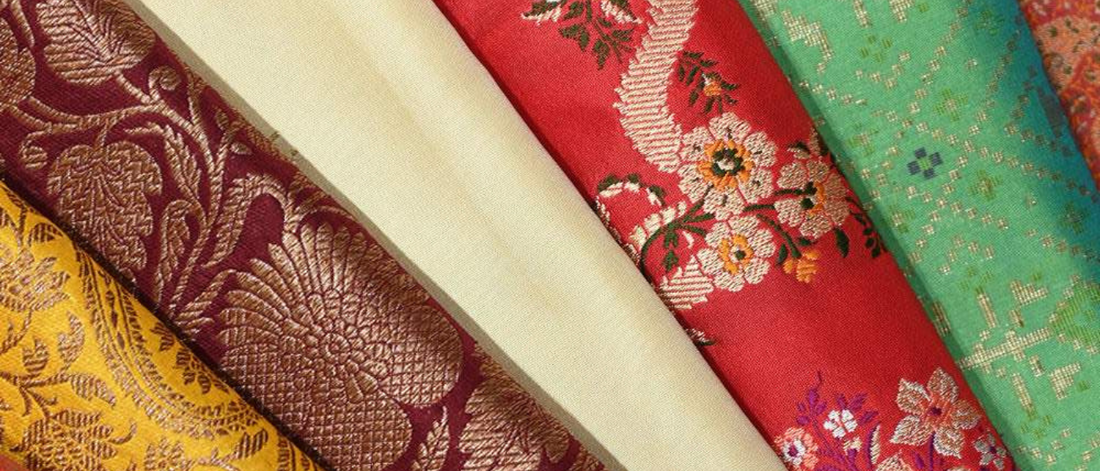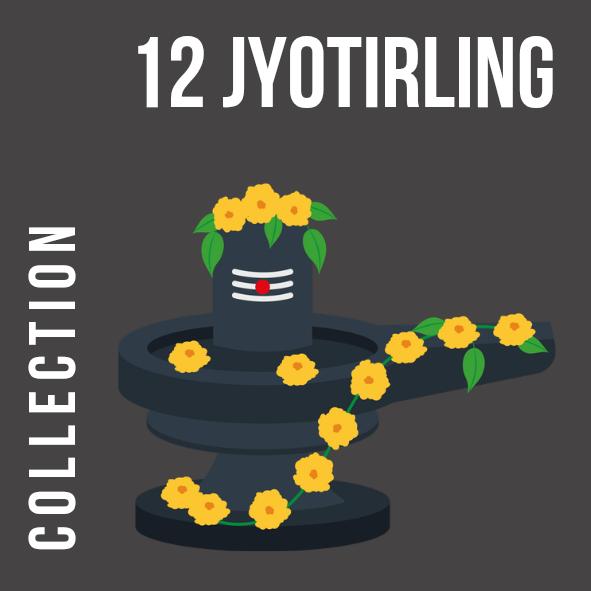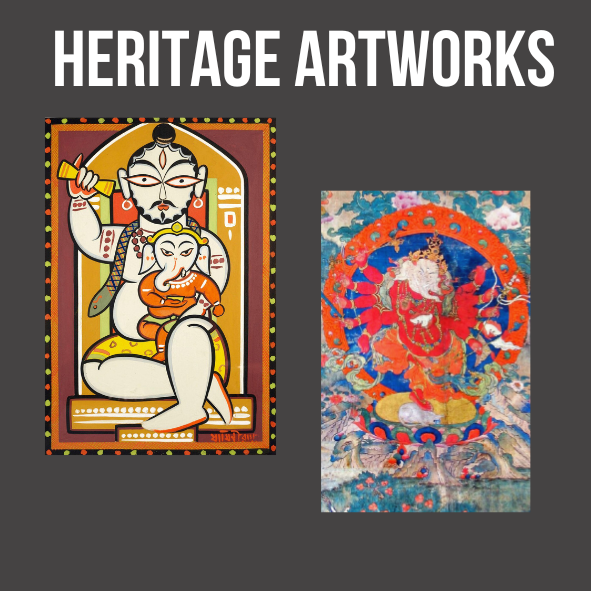
Weaving Divinity: The Timeless Elegance of Banarasi Silk Sarees
Share
Sacred Significance in Sanatan Dharma
Banarasi Silk Sarees are cherished in Sanatan Dharma for adorning deities and devotees during temple festivals like Diwali, symbolizing reverence and divine beauty. These sarees, with motifs like lotuses and peacocks representing purity and grace, are believed to invite Goddess Lakshmi’s blessings of prosperity when worn for rituals, embodying Varanasi’s spiritual essence through their shimmering zari.
A Historical Legacy of Craftsmanship
Banarasi Silk Sarees trace their origins to the Ramayana era, where Sita is said to have worn a Banarasi weave for her wedding to Rama, a tradition upheld for centuries. Artisans in Varanasi, chanting mantras as they weave, continue this ancient craft, with each saree taking months to create, reflecting a legacy of devotion and skill.
Where to Find Authentic Banarasi Sarees
For authentic Banarasi Silk Sarees, visit trusted establishments in Varanasi.
- Kuthari Sarees in Vishwanath Gali, near Kashi Vishwanath Temple, is renowned for handwoven zari work.
- Tilak Handloom in Ramnagar sources directly from weavers, ensuring authenticity.
- Shri Ram Handloom in Golghar offers GI-tagged sarees with traditional designs.
Tips for Experiencing the Craft
Visit weaving hubs like Ramnagar or Golghar to see artisans at work on traditional handlooms, creating intricate patterns with gold zari. In Vishwanath Gali, shops like Kuthari Sarees let you drape sarees to feel their elegance, with prices starting at ₹5,000. Explore during Diwali to see sarees adorning temple deities, and allocate time for bargaining in bustling markets.
How to Spot an Authentic Banarasi Saree
Look for the GI tag to confirm authenticity. Authentic Banarasi sarees feature handwoven zari and motifs like paisleys, with a slightly uneven texture from manual weaving. The silk feels soft yet heavy, with a natural sheen—the reverse side mirrors the front pattern. Prices below ₹3,000 often indicate imitations, as true handwoven sarees take weeks to craft.
Immerse in Varanasi’s Weaving Traditions
Engage with weavers in Ramnagar to learn about their craft, passed down through generations, and their dedication to Sanatan Dharma. Pair your visit with a stop at Kashi Vishwanath Temple, a short walk from Vishwanath Gali, to see sarees in their spiritual context during rituals, deepening your connection to Varanasi’s heritage.
Plan Your Visit
Vishwanath Gali, near Kashi Vishwanath Temple, is a 10-minute walk from Dashashwamedh Ghat or a short auto-rickshaw ride (around ₹100). Visit between 10:00 AM and 6:00 PM, with mornings being less crowded. Bring cash, allocate 2-3 hours to browse, and wear comfortable shoes for the bustling lanes.
Use the Varanasi Sacred Seekers Series cards to plan your day.



